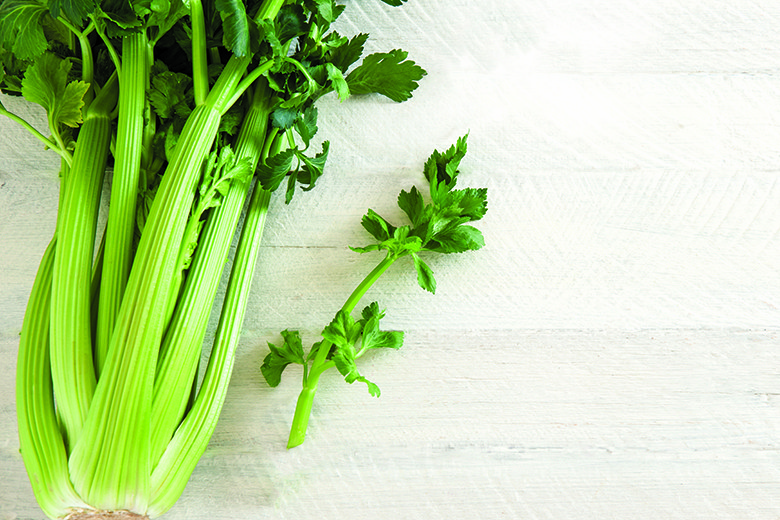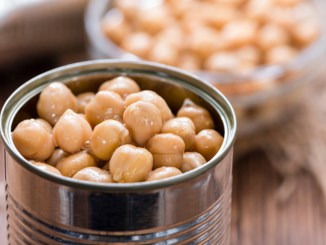
Wild celery is thought to be native to the Mediterranean region. Before its first culinary use, likely in France in the 1600s, celery was used medicinally in ancient Egypt, Rome and China to treat afflictions including indigestion and arthritis. In Greece and Egypt, celery leaves were used to make ornamental crowns for the winners of athletic games, as well as in funeral garlands.
In the Kitchen
With carrots, parsley and anise, celery belongs to the plant family umbellifers. The majority of commercially grown celery in the United States is the Pascal cultivar (Apium graveolens var. dulce), the light green vegetable usually sold in the produce section. This subtype also includes varieties that are gold, dark green and red. In general, the darker the color of celery, the richer its flavor. Other celery varieties include Indian, Vietnamese, Australian and Maori, among others.
While most Americans eat celery raw or cooked in soups or stews, it also can be steamed, blanched, braised or sautéed. Celery is used in cooking around the world: Mirepoix, made from celery, carrots and onions, is a staple base for French soups and stews. The “holy trinity” in Cajun dishes such as gumbo and jambalaya is celery, onions and peppers.
In addition to the stalk, or petiole, celery leaves and celery seed may be used in cooking. Celery leaves, which have a bolder flavor than the stalks, can be used in stir-fries or soups, or as a replacement for parsley or cilantro. Celery seeds typically are sold as a dried spice. They are ideal for pickling, punching up sauces, dips or marinades, or seasoning vegetable or fish dishes.
In the Clinic
Although celery sometimes is touted as a “negative-calorie” food (meaning the calorie expenditure from eating and digesting it is greater than the calories it contains), there is no evidence to support this claim. Still, at 6 calories per medium stalk, celery is unlikely to break any diet plan.
Celery is rich in water, a good source of vitamin K and has modest amounts of potassium, vitamin A and folate. It also contains phytochemicals including phenolic acids, flavones and flavonols, which are thought to have antioxidant and anti-inflammatory effects. Celery contains about 35 milligrams of sodium per stalk — not a concern for most people, but those on a sodium-restricted diet should take note.
In Quantity
In 2015, some restaurant trend-spotters predicted celery would be the “new kale” and take menus by storm. However, it did not see this rise in popularity — at least not yet.
Nevertheless, fresh celery is purchased widely in foodservice, mostly for use as an ingredient in mixed recipes rather than the star of a meal.
Purchase celery when it has crisp leaves and firm, upright and compact stalks that snap when broken. Since it is susceptible to wilting at higher temperatures and low humidity, it should be refrigerated. Whole, fresh, raw celery keeps in the refrigerator in a plastic bag for one to two weeks. Stalks should not be removed from the bunch until ready to use, and celery should be chopped immediately before eating or preparing to retain the most nutrients, flavor and crunch.
Celery is a cool weather crop, growing best in temperatures around 60 degrees Fahrenheit to 65 degrees Fahrenheit and with plenty of moisture. More than a billion pounds of celery are grown annually in the United States, mostly in California, Florida and Michigan.
Conventionally grown celery contains synthetic pesticide residue. The Environmental Working Group’s 2016 Shopper’s Guide to Pesticides in Produce lists celery as No. 5 on the “Dirty Dozen.” Shoppers who wish to avoid pesticides can choose organic celery.







